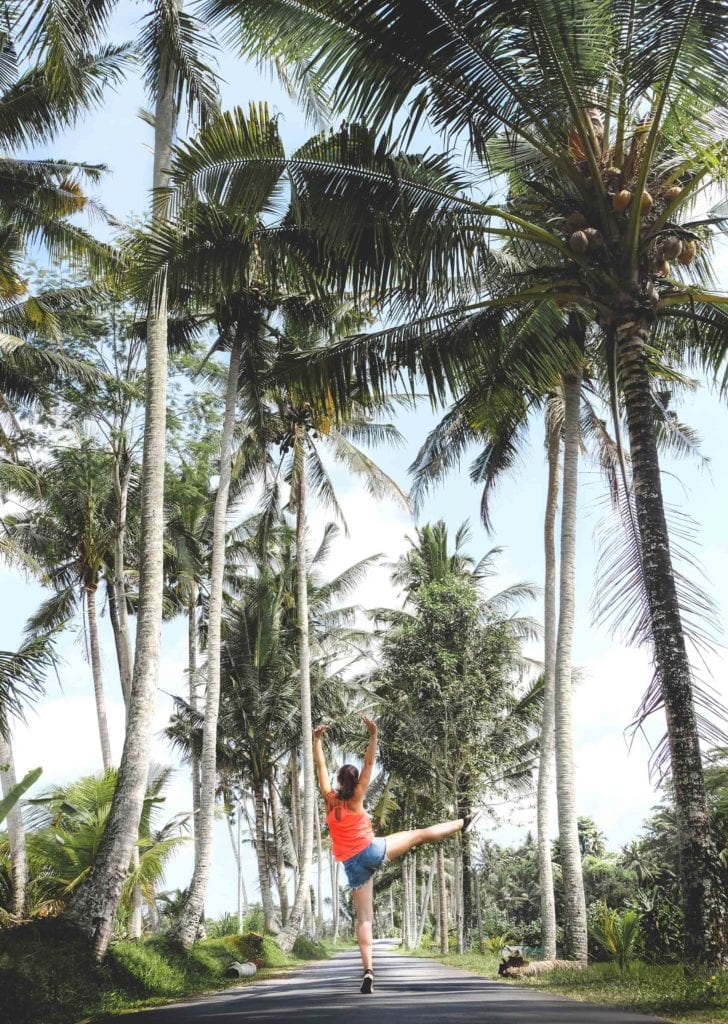Well, this question could have millions of variables. Why do you want to plant a tree? What kind of tree do you want to plant? What kind of house do you live in? What is the growing climate like?
We’ll do our best to cover some important factors to think about when deciding “How close can I plant a tree to my house?”
You may have seen a fantastic tree in a park or on social media and decided that you want it in your garden. This is all very well until you are cleaning your gutters four times per year or paying a hefty bill for root damage costs.
That being said, in the midst of a “climate emergency” some shade in your garden may not go a miss.
Trees are fantastic to look at, they provide oxygen for us to breath and they keep us cool on a hot day. Picking the right tree for the right location is the trick to having a long standing relationship with your tree.

This seems like a perfectly reasonable question.
Maybe it’s in memory of a family member or pet. Maybe you want to create some shade for some understory plants or vegetables. Maybe it’s for some privacy from the neighbours, or maybe you just simply want to add a tree to your gardens inventory.
Decide your “why” first and keep this in mind. It will help you make the best decision possible when choosing what to plant and where.
Popping along to the local tree nursery is generally a good start to finding out what trees grow well in your location.
Yes, you could spend hours searching on Google finding the perfect tree however the local nursery might not stock a Himilayan Oak or an African Baobab tree!
Generally nurseries won’t stock trees that are not going to do well, it’s simply bad business.
Have a look around, get a feel for the tree stock, make some notes and walk away at this point. Don’t buy anything just by reading the labels on the pots, these can be vastly inaccurate.
Yes, a Quercus Robur (English Oak) may take 100 years to grow to 15 metres in England but in New Zealand it may only take 50.
Now you have a good idea of what’s readily available, it’s time to do a little research.
Assuming you already have a location in mind, choosing a tree to plant there is better than choosing a tree and finding somewhere to plant it afterwards (it probably won’t end well).
Measure the distance from the foundations of your house. Take into account anything the tree may obstruct in the future such as windows, aerials, phone or power cables.
Monitor how much sunlight the area gets. Will it give unwanted critters a path onto your roof? Will the leaves make a path or deck slippery? These are all factors to consider.
There is no too close. Only a good, informed decision.
Choosing a slow growing tree may not give you immediate results but it will give you peace of mind that it will be almost maintenance free for a long time.
An Acer Palmatum (Japanese Maple) is a prime example of a slow growing tree that can be maintained easily (if your climate allows).
It is thought generally that slower growing trees roots are less invasive than a fast growing tree. Let’s not forget that trees feed on oxygen and moisture, choosing a species that is drought tolerant maybe a safer bet. The roots will be less vigorous.
Do bare in mind that some trees roots can be three times the width of the canopy.
Go out into the neighbourhood and have a look at some potential candidates. There are some good tree identification apps available if you are unsure what to look for.

Trees in the urban environment are a relatively new concept in relation to the age of the planet. Trees in their natural habitat are free to grow roots, drop leaves and drop limbs without causing damage to our belongings.
Don’t let a few leaves or berries put you off and don’t pick a Giant Sequoia for a terrace garden.
The downsides to having a tree near the house can almost be reduced to zero by making an informed decision.
When your tree is at your desired size, you can employ an arborist to maintain its size and shape. Plant a tree and enjoy it.
In hotter climates, shade is precious. Go nuts, maybe plant two or three. If you are looking for some other ideas for the garden, check out the My Garden Plant website.
The right tree(s) in the right location.
Tree planting may seem simple to the untrained eye. Dig a hole, chuck in a tree and water it. Although in theory this is correct, there are also some other factors to consider.
Plant your tree in the winter months if you can, it will give your tree a much better chance of survival. Don’t overwater. If it’s hot outside, water morning and night.
Don’t water the leaves, the droplets act like a magnifying glass and will burn the leaves in the sun.
Don’t bury your tree too deep, you should be able to see the trunk flare at the base, just a little.
Mulch your tree with wood chips or bark mulch, 10cm deep is just perfect. This will keep the moisture in and the frost out.
Stake and tie your tree loosely, this will keep it stable in the wind for the first year or two. Feed with a slow release fertiliser (organic of course).
Now you can sit back and enjoy the benefits of your tree in your garden, knowing you made a good decision. Trees can increase the aesthetic of your property, thus increasing the monetary value.
Yes, trees are worth some money!
